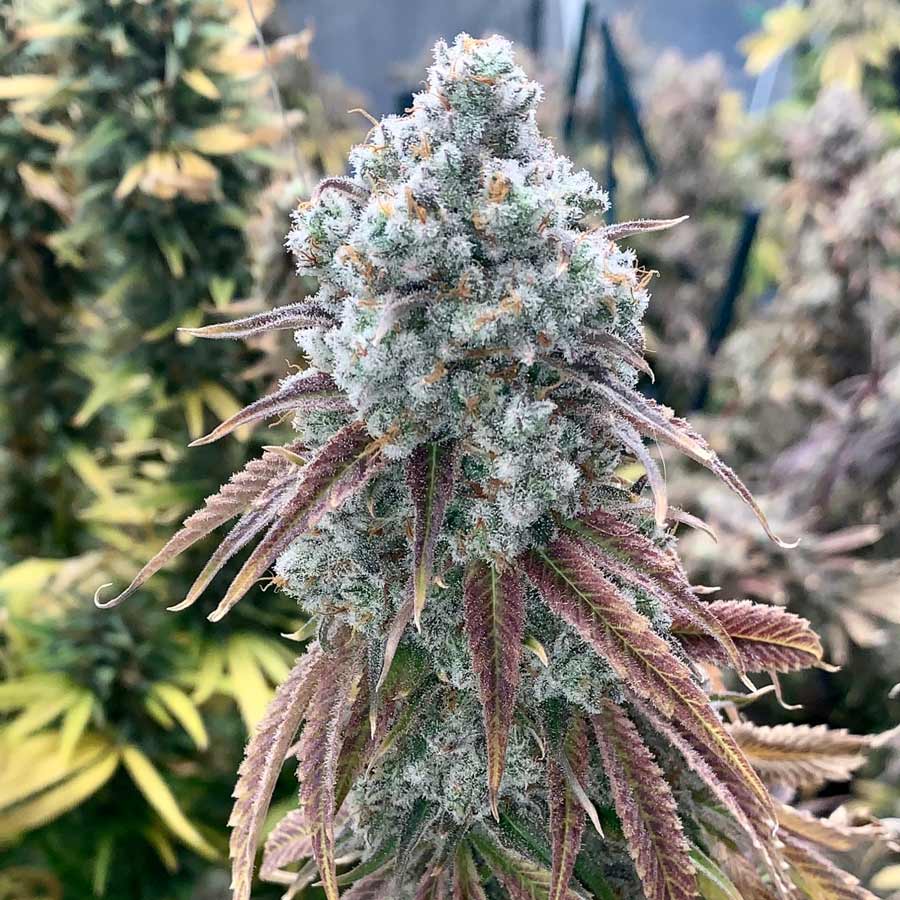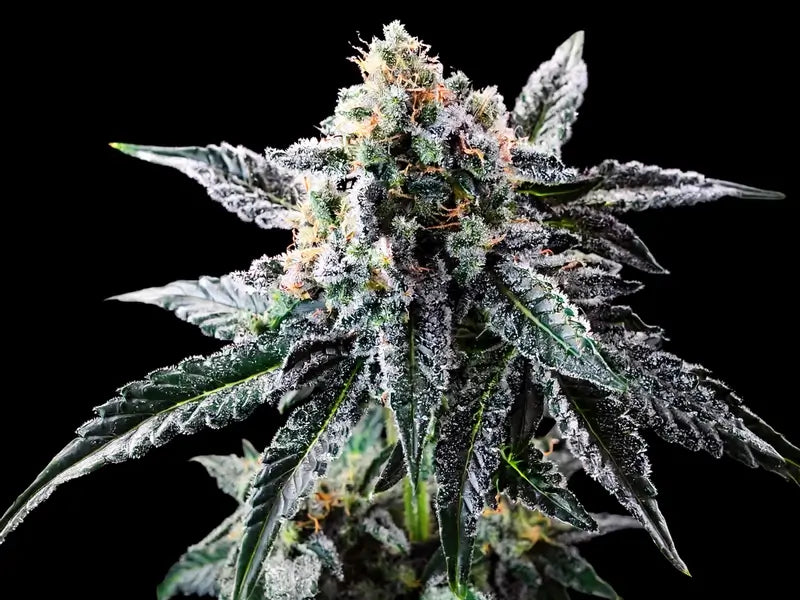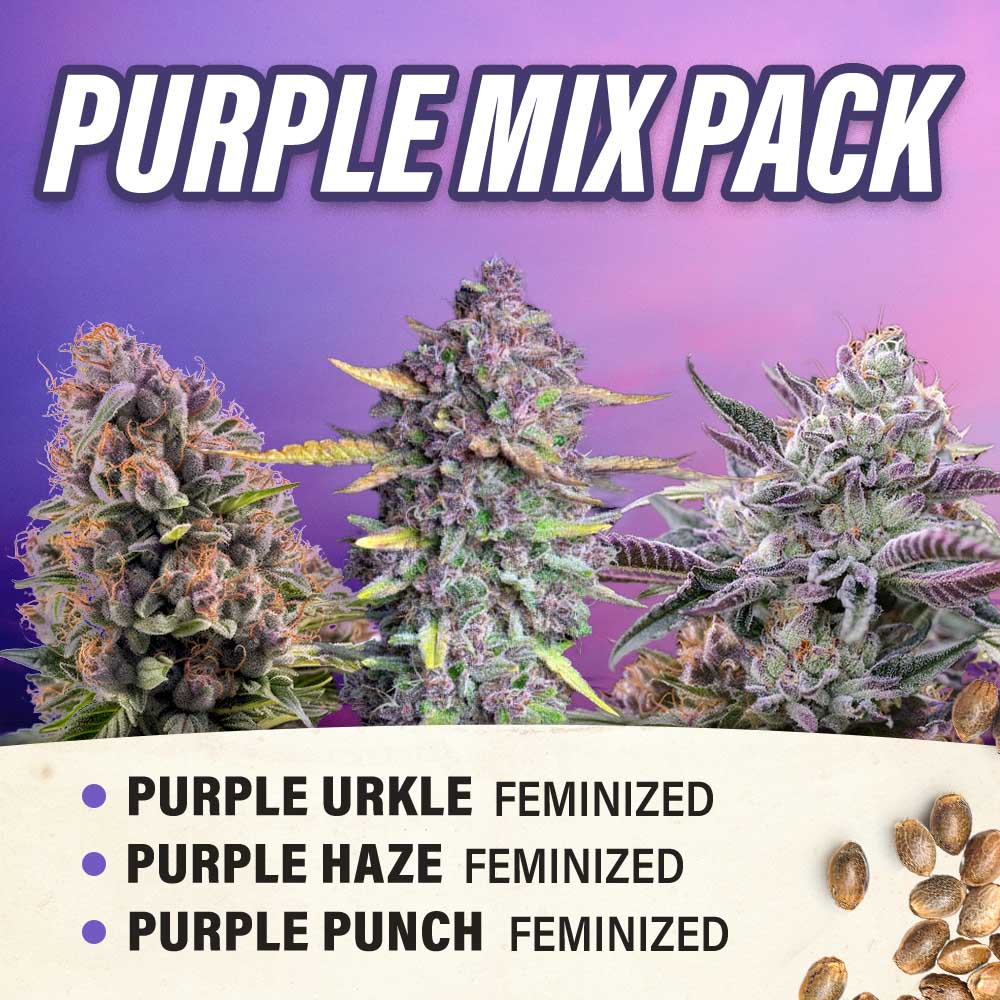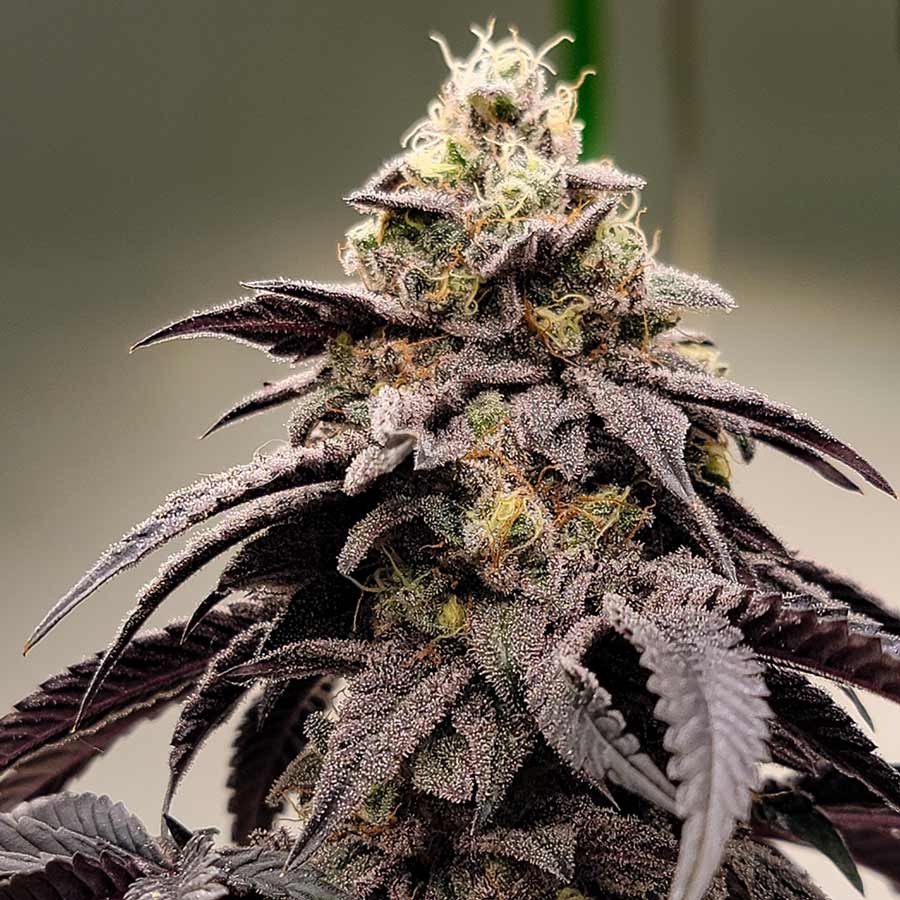Jar Curing Cannabis - The Most Reliable Method Explained
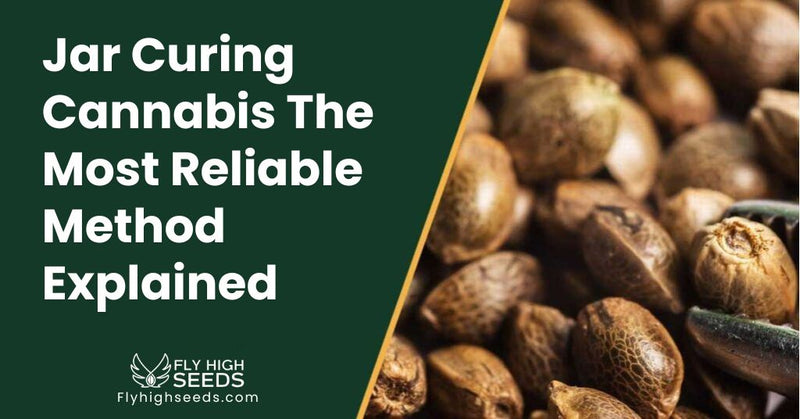
Table of Contents
Jar Curing
Jar curing, a fundamental process in the world of cannabis cultivation, is a method used to enhance the flavor, aroma, and potency of harvested cannabis buds. Also known as “burping,” jar curing involves placing trimmed and dried cannabis buds into airtight glass jars. Over several weeks, these jars are periodically opened and closed to allow for the controlled release of moisture and gases, ensuring that the buds gradually reach an ideal level of humidity and texture.
This careful process of jar curing helps to refine the chemical composition of the buds, converting non-psychoactive cannabinoids into their more desirable counterparts, such as Cannabinoid. By allowing the buds to mature within the controlled microenvironment of the jars, cultivators aim to develop a smoother smoke, a more aromatic profile, and an overall enhanced cannabis experience. Proper jar curing is both an art and a science, requiring patience, attention, and an understanding of the nuances involved in optimizing the final product.
Why Is Proper Curing Important For Cannabis?
Proper curing is crucial for cannabis for several important reasons:
- Enhanced Flavor and Aroma: Curing allows cannabis to develop more complex and desirable flavors and aromas. During the curing process, chemical compounds responsible for the plant’s unique scent and taste continue to mature, resulting in a smoother, richer, and more enjoyable consumption experience.
- Increased Potency: Curing can lead to higher levels of cannabinoids, particularly Cannabinoid. As the buds slowly break down chlorophyll and other compounds, Cannabinoid becomes more concentrated, resulting in a more potent final product.
- Improved Smoothness: Freshly harvested cannabis can be harsh and unpleasant to smoke due to residual moisture. Proper curing reduces moisture content and harshness, making the smoke smoother and less likely to cause discomfort.
- Preservation of Terpenes: Terpenes are aromatic compounds found in cannabis that contribute to its unique scent and potential therapeutic effects. Curing helps preserve these delicate compounds, enhancing the overall sensory experience and potential benefits.
- Prevention of Mold and Bacteria Growth: Curing inhibits the growth of mold and harmful bacteria by creating an environment that is less conducive to their development. This is particularly important for long-term storage and maintaining the quality of the cannabis.
- Consistency: Curing contributes to consistent quality among different batches of cannabis. Properly cured buds are more likely to have uniform potency, flavor, and aroma across the entire batch.
- Long-Term Storage: Well-cured cannabis can be stored for extended periods without significant degradation in quality. This is especially important for those who prefer to enjoy their cannabis over time.
In summary, proper curing is a vital step in the cannabis cultivation process that not only improves the overall quality of the end product but also ensures a more enjoyable and satisfying experience for consumers.
Drying Cannabis Before Curing
Drying cannabis before curing is an essential initial step in the post-harvest process. After harvesting the cannabis plants, the buds are carefully trimmed and then dried. Drying involves removing the majority of moisture from the buds, which is crucial to prevent mold and bacterial growth during the subsequent curing phase.
During drying, moisture is gradually reduced from the buds by exposing them to controlled environmental conditions of low humidity and moderate airflow. This process typically takes around 5 to 10 days, depending on factors like humidity levels and the size of the buds. Properly dried cannabis should feel crisp and the stems should snap, indicating that the moisture content is at an appropriate level for curing.
Drying is a vital precursor to curing because it sets the stage for the subsequent preservation and enhancement of the cannabis buds’ flavor, aroma, and potency. While drying removes the bulk of the moisture, curing in a controlled environment like glass jars allows for a slower, more controlled release of the remaining moisture and the development of desired chemical changes in the buds. Properly dried cannabis provides the foundation for a successful curing process and ultimately leads to a more enjoyable and high-quality end product.
Wet Trim Vs. Dry Trim
Wet trim and dry trim are two distinct methods of trimming cannabis plants after harvest, each with its own advantages and considerations.
Wet Trim: Wet trimming involves trimming the leaves and excess foliage from the cannabis buds shortly after harvesting, while the plant material is still relatively moist. This method is typically done within a day or two of harvest. Wet trimming can be advantageous because it is generally faster and more efficient, as the leaves are easier to manipulate and remove when they are still pliable. This method can also help prevent mold and mildew growth, as excess foliage is removed, reducing the chances of moisture being trapped in hidden crevices.
Dry Trim: Dry trimming, on the other hand, involves allowing the harvested cannabis plants to dry fully before trimming off the leaves and excess foliage. This process usually takes a few days to a week or more, depending on environmental conditions. Dry trimming offers certain benefits as well. Some cultivators believe that the slower drying process associated with dry trimming can lead to a more gradual breakdown of chlorophyll, resulting in a smoother and less harsh smoke. Additionally, dry trimming might preserve the trichomes (resin glands) on the leaves more effectively, which can contribute to the overall potency and quality of the final product.
The choice between wet trim and dry trim is often a matter of personal preference and cultivation practices. Some factors to consider include the desired quality of the end product, the efficiency of the trimming process, and environmental conditions that might impact drying times. Ultimately, both methods can yield high-quality cannabis, but understanding the differences between wet trim and dry trim can help cultivators make an informed choice that aligns with their goals and resources.
Drying Cannabis – How To Know When Buds Are Ready For Curing
To dry cannabis, follow these general steps:
- Trimming: After harvesting the cannabis plants, trim away excess leaves and foliage from the buds. This can be done either before drying (dry trim) or after drying (wet trim).
- Hanging: Hang the trimmed buds upside down in a dark, well-ventilated space with controlled temperature and humidity. Proper air circulation helps prevent mold and mildew.
- Controlled Environment: Maintain a consistent temperature of around 60-70°F (15-21°C) and humidity of around 45-55%. Avoid overly humid conditions to prevent mold, and avoid excessive heat, which can degrade cannabinoids and terpenes.
- Drying Time: Drying typically takes about 5 to 10 days, but this can vary based on factors like humidity levels, bud size, and strain. Buds should feel dry on the outside, but slightly moist on the inside. Stems should snap rather than bend.
- Crisp Buds: When buds are ready, the smaller stems should snap easily when bent, and the larger stems should have a slight give before snapping. Buds should feel crisp to the touch, not wet or overly dry.
- Trichomes: Check the trichomes (resin glands) on the buds using a magnifying glass or a microscope. When they appear milky or cloudy, with some amber trichomes, it’s a sign that the buds are approaching their ideal level of ripeness for harvest.
Knowing when buds are ready for curing involves a combination of tactile and visual cues. The goal is to achieve the right balance between drying the buds to an appropriate moisture level and preserving their cannabinoids, terpenes, and overall quality. Properly dried buds are a foundational step for successful curing, which further refines the flavor, aroma, and potency of the final cannabis product.
Simple Jar Curing Process
Packing and sealing jars during the curing process, also known as “jar curing,” is a crucial step in maximizing the flavor, aroma, and potency of cannabis buds. After drying, properly cured buds are placed in airtight glass jars to create a controlled microenvironment that allows for the gradual release of remaining moisture and the development of desirable chemical changes.
To pack and seal jars for curing, follow these steps:
- Prepare the Jars: Ensure that the glass jars are clean and sanitized to prevent any contamination. Use quart-sized or larger jars to allow space for the buds to breathe.
- Buds’ Readiness: Make sure the buds are appropriately dried before placing them in jars. Buds should be crisp on the outside and slightly moist on the inside. They should snap rather than bend when bent.
- Filling the Jars: Gently place the dried buds into the jars, leaving some space at the top. Do not overpack the jars, as the buds need room to expand and breathe during the curing process.
- Sealing: Seal the jars tightly to create an airtight environment. Screw on the lids securely, ensuring no air can enter or escape.
- Initial Monitoring: For the first few hours after sealing, monitor the jars for any signs of excess moisture. If you notice condensation on the inside of the jars, briefly open them to allow the excess moisture to escape, then reseal.
- Burping: Over the next few weeks, “burp” the jars daily to release any built-up gases and moisture. Open the jars for a few minutes to allow fresh air to circulate, then reseal. This step helps to prevent mold and ensures a proper curing process.
- Curing Time: The curing process typically lasts two to eight weeks, though longer periods can further refine the buds’ characteristics. As curing progresses, you’ll notice improved flavors, aromas, and potency..
Properly packed and sealed jars create the optimal environment for the complex chemical reactions that occur during curing, leading to smoother, more aromatic, and potent cannabis. Consistent burping and monitoring are essential to avoid any mold or humidity-related issues and to achieve the desired end product.
